
Introduction
Spring is a beautiful season that brings new life and vibrant colors to the world. It is a time when flowers bloom and nature awakens from its winter slumber. One of the best ways to appreciate the beauty of spring is by drawing flowers. Drawing flowers not only allows us to capture the essence of this season but also provides a creative outlet for self-expression. In this article, we will explore various techniques and tips for drawing flowers in spring.
Choosing the Right Flowers
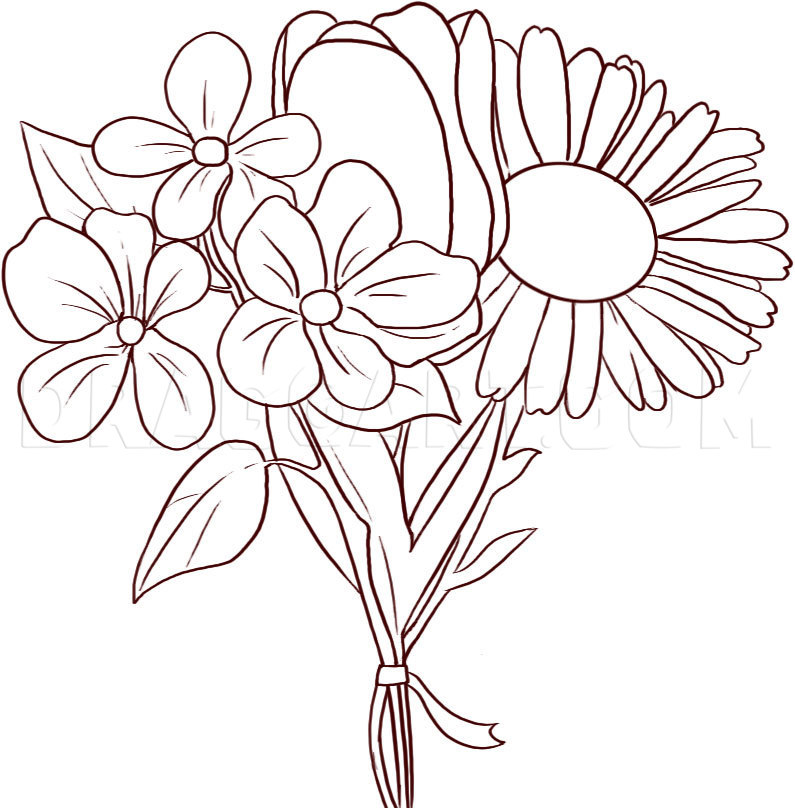
Before starting your flower drawing, it is essential to choose the right flowers as your subject. Different flowers have unique shapes, sizes, and colors. Some popular flowers that bloom in spring include tulips, daffodils, cherry blossoms, and daisies. Each flower has its own charm and characteristics, so select the ones that inspire you the most.
Materials Needed
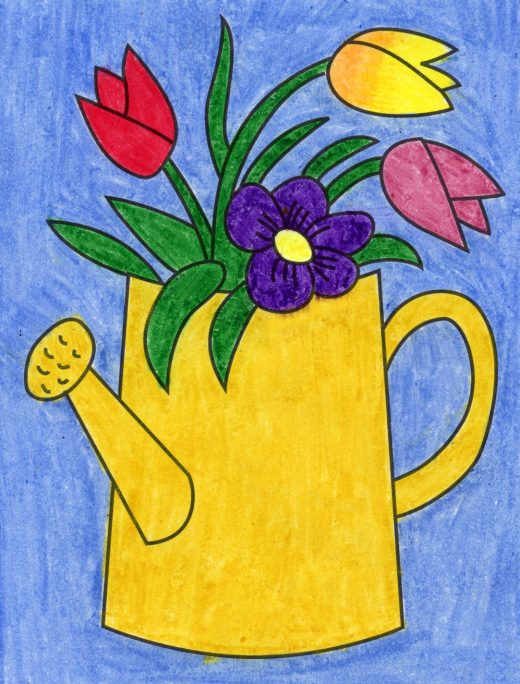
To create beautiful flower drawings, you will need a few basic materials. These include:
- Pencil: Use a pencil with a range of hardness, such as an HB, 2B, or 4B, for sketching and shading.
- Paper: Choose a high-quality drawing paper or sketchbook that can handle various mediums.
- Eraser: Have a soft eraser handy to correct mistakes and smudges.
- Coloring Tools: If you wish to add color to your drawing, gather colored pencils, markers, or watercolor paints.
Observing and Sketching
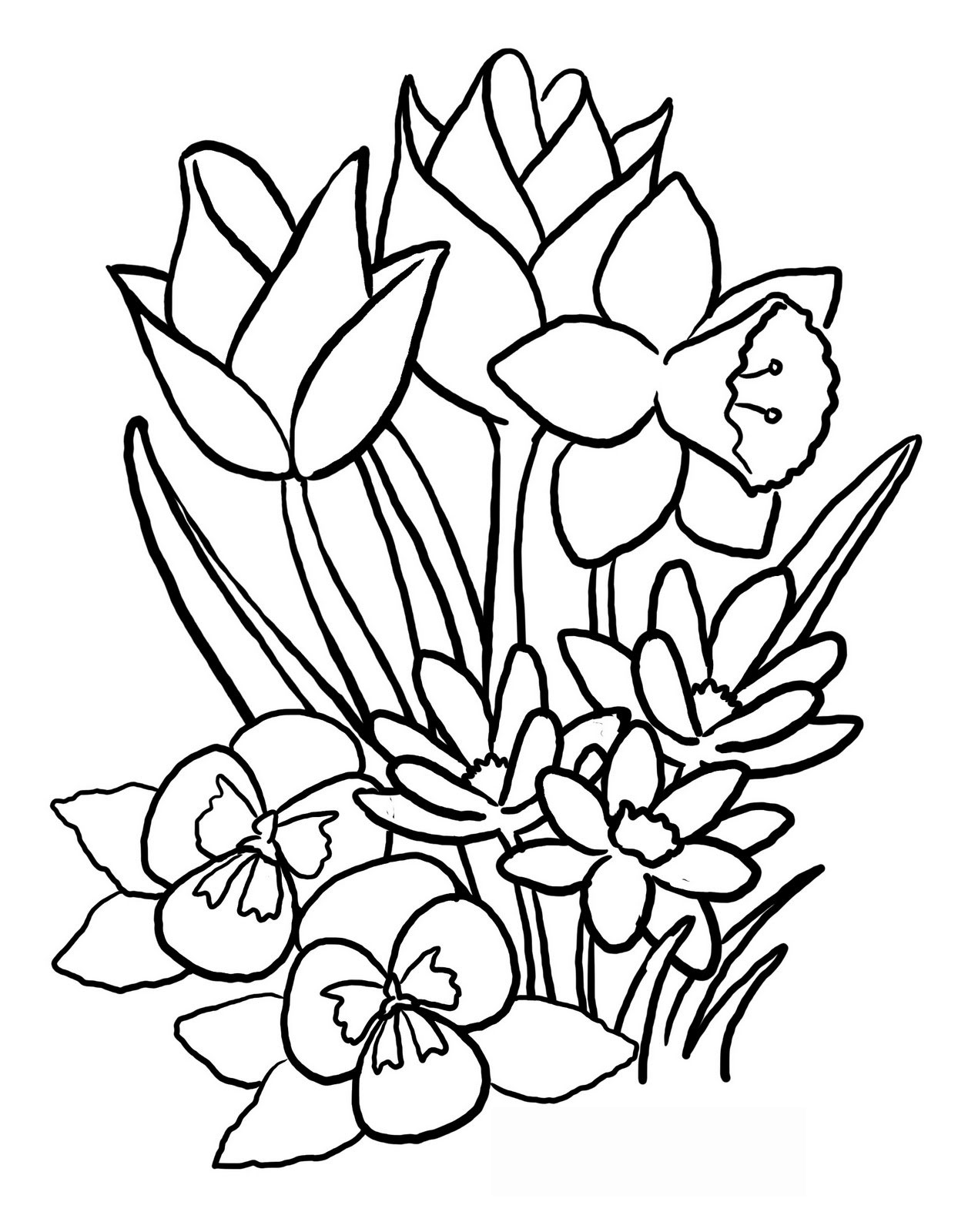
Before diving into the details of your flower drawing, take some time to observe your chosen flowers. Pay attention to their shapes, petal arrangements, and the overall structure. Sketch a rough outline of the flowers and their basic shapes lightly with a pencil. This initial sketch will serve as your guide throughout the drawing process.
Adding Details
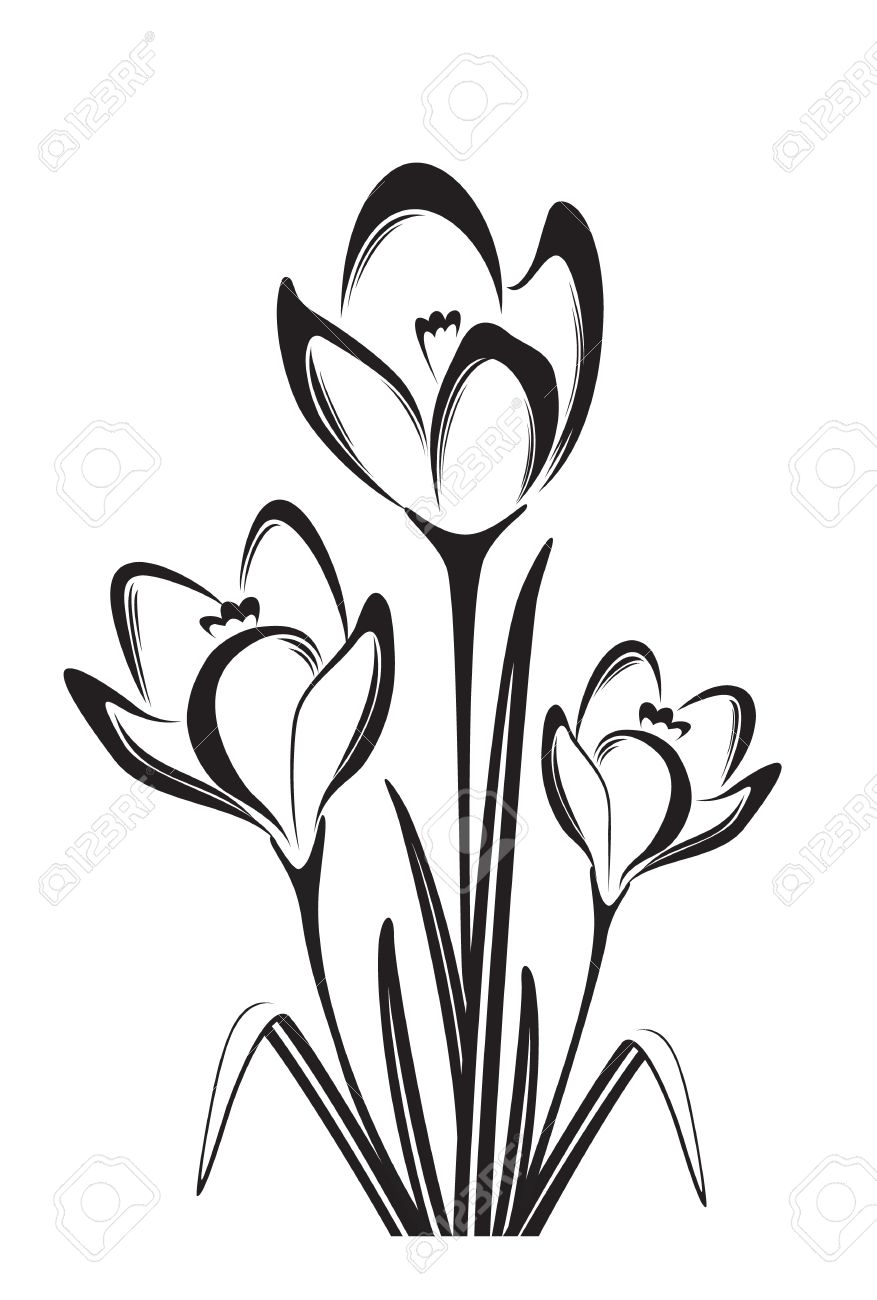
Once you have the basic outline of your flowers, start adding more details to bring them to life. Observe the intricate patterns on the petals, the curves and folds, and any other unique features. Use light, delicate strokes to capture these details gradually. Take your time and be patient, as this step requires precision and attention to detail.
Shading and Texturing

Shading and texturing are crucial elements in creating realistic flower drawings. They add depth and dimension to your artwork. To create shading, imagine a light source and determine where the shadows would fall on the flowers. Use your pencil to create gradual gradients, blending lighter and darker tones. Pay attention to the texture of the petals and replicate it through your shading techniques.
Coloring Your Drawing
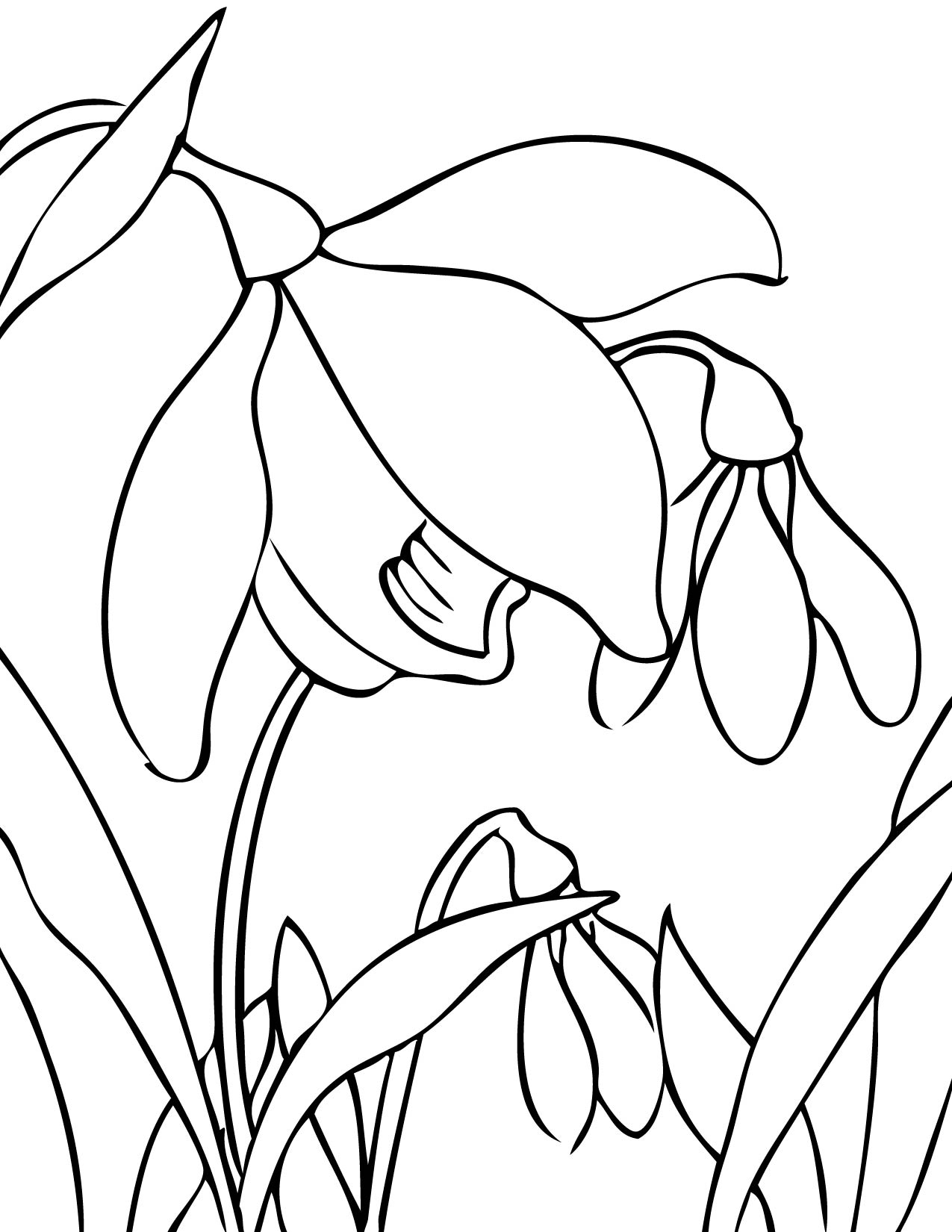
If you wish to add color to your flower drawing, now is the time to do so. Colored pencils, markers, or watercolor paints can be used to add vibrant hues to your artwork. Remember to layer colors to create depth and blend them smoothly. Use reference photos or real flowers as a guide for accurate color representation.
Adding Background and Final Touches
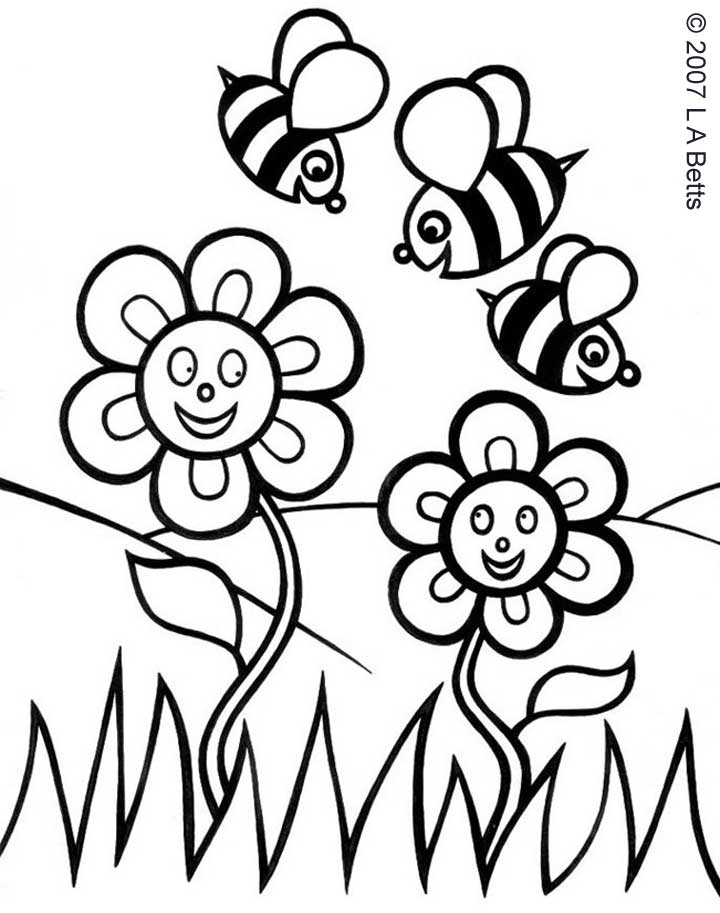
Once you are satisfied with your flower drawing, consider adding a background to enhance the overall composition. It could be a simple sky or a garden setting. Be creative and experiment with different ideas. Additionally, make any final touches or adjustments to your drawing to ensure it looks polished and complete.
Conclusion
Drawing flowers in spring is a delightful way to embrace the beauty of this season. By following the techniques and tips mentioned above, you can create stunning flower drawings that capture the essence of spring. Remember to observe, sketch, add details, shade, and color your artwork to bring it to life. Enjoy the process and let your creativity bloom!